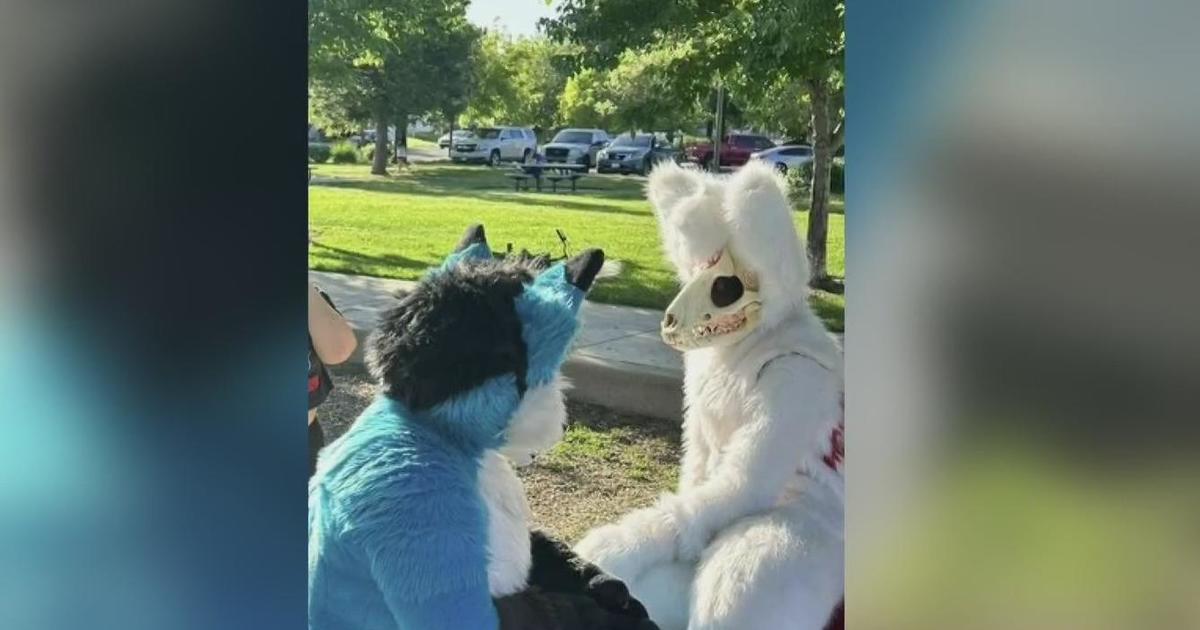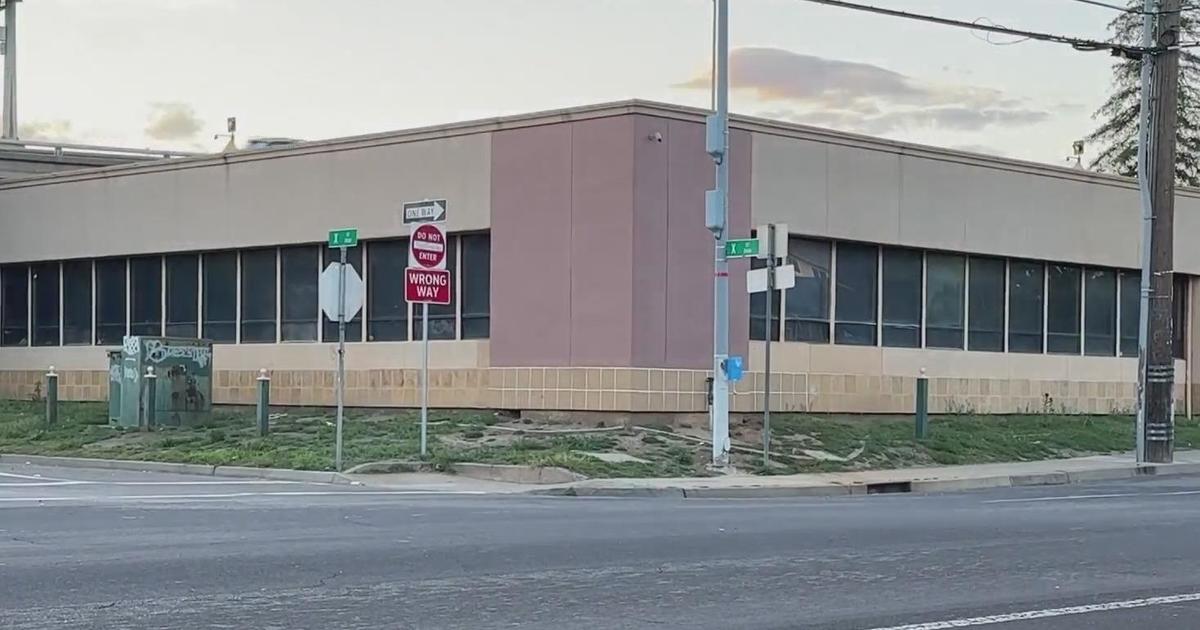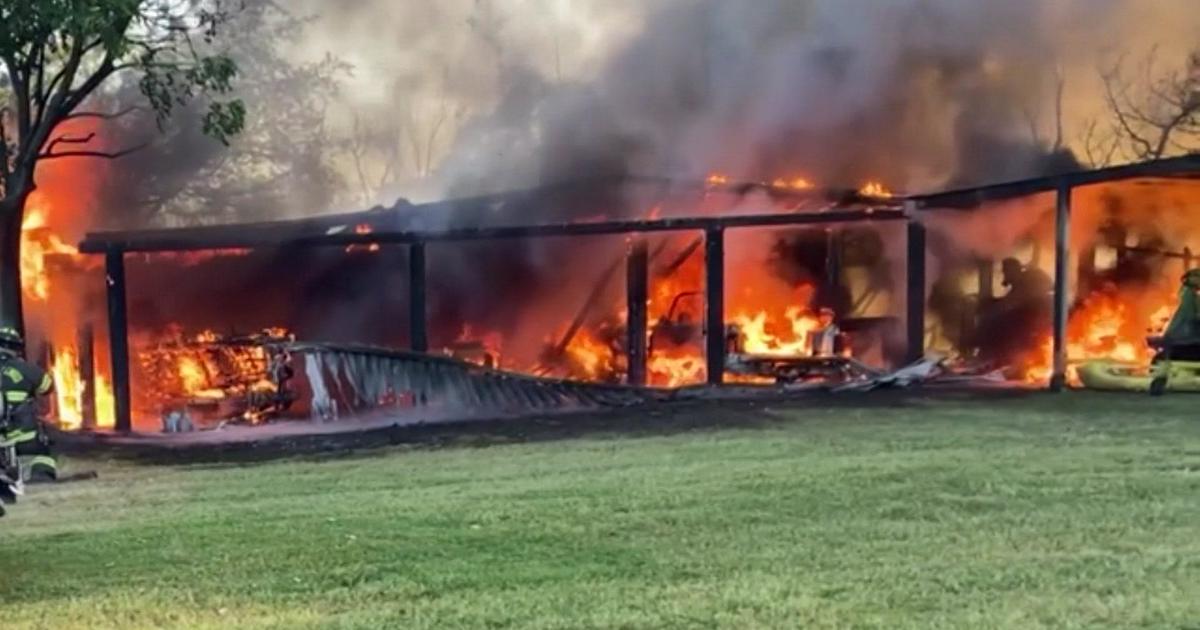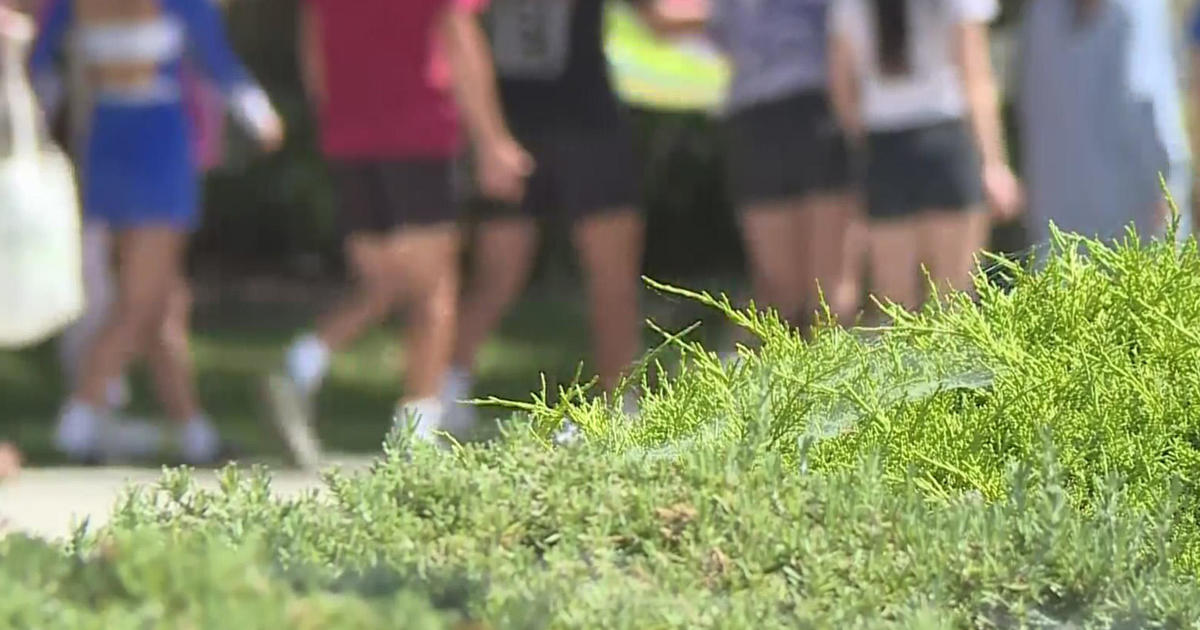Getting Answers: There are five holes along Cosumnes River, who's responsible for the fix?
WILTON – Day three of trying to get answers for CBS Sacramento viewers continued Tuesday, with more questions left unanswered about levee breaks and two holes on land owned by private farmers along the Cosumnes River.
After weekend storms in Sacramento County, CBS Sacramento learned of three confirmed levee breaks, though more are possible, within Reclamation District 800, which encompasses the district and levees that begin at Rancho Murieta in the north along the Cosumnes River and end at Freeman Road. There are no levees south of Freeman Road, however, some landowners have created berms, according to a Sacramento County spokesperson on Tuesday night.
Sacramento County directed CBS13 to RD 800 because it was the district's responsibility to fix breaks within its territory. However, two holes that Sacramento County says are responsible for flooding on Highway 99 and Dillard Road, where one person died, do not fall within the RD 800 territory. Therefore, RD 800 was not responsible for fixes outside of their territory and would not fix the holes along the highway.
After CBS13 learned the reclamation district was not responsible for fixing the holes, Consumer Reporter Kurtis Ming informed Sacramento County no one was taking responsibility for fixing the holes. This, while the clock was ticking towards another storm set to bring more rain to the area and the potential for repeat deadly flooding. At this point, a Sacramento County spokesperson said it was up to the farmer who owned the land to fix those holes.
In a statement to CBS Sacramento Tuesday night, the county said, in part:
There have been several media inquiries into issues around flooding at Dillard and Highway 99 and what caused it, what levee work can be done to prevent it, and who the property owners are along specific sections of the south side of the Cosumnes River.
All of the properties along both sides of the Cosumnes River, and their levees, are privately owned. Reclamation District 800's district and levees begin at Rancho Murieta in the north along the Cosumnes River and end at Freeman Road. There are no levees south of Freeman Road, although some land owners have created berms.
The property owners along the river are responsible for levees on their land, except for those who are in a reclamation district. The reclamation district secures an easement from property owners in order to take care of the maintenance needs. Reclamation District 800 does not have means to bring the levee system up to a higher standard. Further, no amount of levee work can control flooding on Hwy 99. Highway 99 is low and subject to flooding.
The question left unanswered: what is Sacramento County doing to plug those two holes that killed someone and trapped people in flash floods? CBS13 learned the answer was nothing, unless the owner asked for help.
Monday night, a Sacramento County spokesperson said they were "too busy" to contact the farmer. Then, as of Tuesday night, a Sacramento County spokesperson said they would not share the name of the farmer and had not received a call from the private owners.
When CBS13 turned to the Governor's Office of Emergency Services, a spokesperson said in order for Cal OES to step in for help, there is a chain of requests and they have to be asked by the county.
Department of Water Resource: Answers CBS13 Questions
Tuesday, the Department of Water Resources was the first agency to respond to CBS13's questions and interview request. CBS13 Reporter Madisen Keavy spoke to Todd Bernardy, Flood Project Branch Manager within the DWR.
California's levee system was created for farmers to keep their fields from being inundated on a more frequent basis.
Then, the U.S. Army Corps of Engineers looked at the system as a whole and through the use of bypasses and the levees themselves, created the State Plan of Flood Control. There are still private levees to this day that the state has nothing to do with.
When the federal government came in, rather than taking topsoil from the land around them, US Army Corps Engineers dredged the rivers and used that material to put it on the levees and then put topsoil on it t waterproof it. When this happened, the US Army Corps Engineers required the state to take ultimate operation maintenance responsibility for 1,600 miles of levees, mostly in California's Central Valley.
"On those 1,600 miles of levees you have a relationship where the state and federal government sort of a regulatory body that helped create the system," said Bernardy.
In this interview, DWR confirmed to CBS13 that two flood flight specialists were deployed to breaks on the levee in Wilton along the Cosumnes River.
A statement to CBS13 Tuesday night with more information said: "DWR's State-Federal Flood Operations Center (FOC) has been closely monitoring and communicating forecasts & making high-water notification calls to keep locals & partner agencies informed of elevated river levels including hosting coordination calls with Central Valley reservoir operators."
"There are other levees that are not part of the State Plan Flood Control, those levees are privately owned, have been privately owned and will remain privately owned. And those aren't obviously expected, they're still part of some sort of reclamation or levee maintenance district that's out there, just like the other ones are," said Bernardy.
The DWR has increased staffing levels, resources, and hours of operation. They are also providing the state with flood flight materials and equipment prepositioned at 49 locations statewide. Levee inspectors have been deployed and are performing levee inspections across the state.
"The State is also ready to step-in in the event Reclamation Districts or counties need further assistance, for example, if flood fights become necessary." said a DWR statement to CBS13.
The chain of command for requesting assistance must be followed, according to Bernardy, in order to receive emergency federal funds down the line, if available. "You have to show you've followed that path," Bernardy added.




